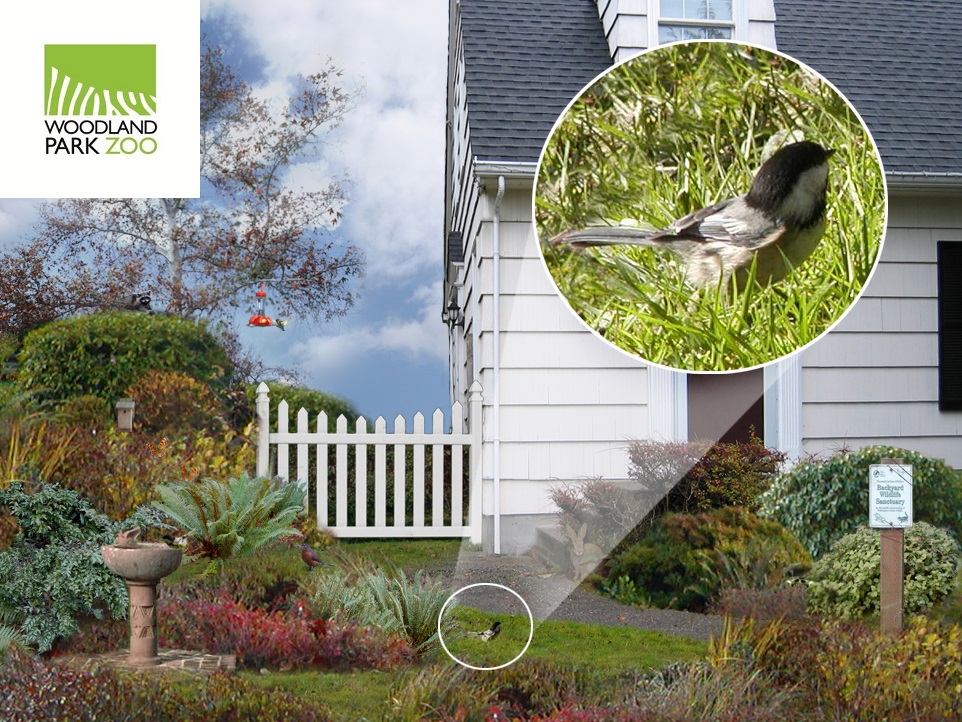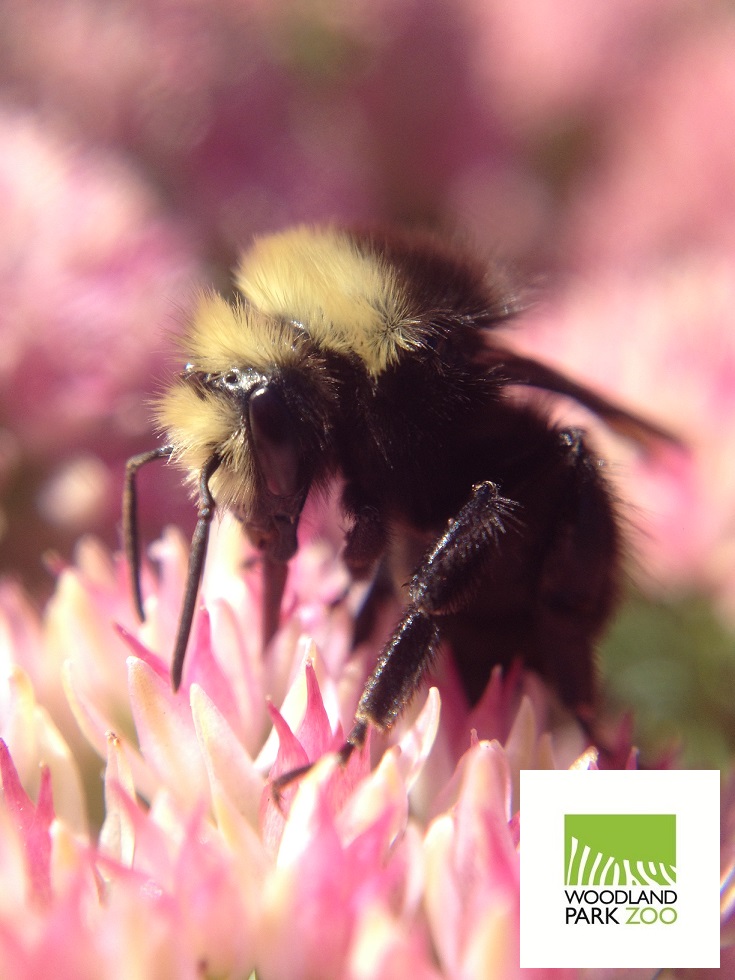City Nature Challenge 2018

By Katie Remine, Woodland Park Zoo
What are the most common species in cities across the globe? What species of plants and animals do we have in the Seattle metropolitan area that aren’t found anywhere else in the world? Woodland Park Zoo invites people across the Seattle metro area (including all of Snohomish, King and Pierce counties!) to join the City Nature Challenge 2018 to help us answer these questions!
After launching the first-ever City Nature Challenge in 2016, the Natural History Museum of Los Angeles County and San Francisco’s California Academy of Sciences are hosting their third—and much larger—effort. This year, the Challenge has expanded, and organizers estimate that 500,000 observations will be made by over 10,000 people in over 65 participating cities. The data collected gives scientists, educators, urban planners, and policymakers insight into the biodiversity of urban locales throughout the world.

Photograph by Woodland Park Zoo
Photograph by Woodland Park Zoo
Whether you are an experienced nature observer or a newbie to noticing the plants and animals around you, you can be part of this friendly, global nature competition. Kicking off April 27 at 12:01 am in each time zone, the Challenge runs through April 30, 11:59 pm. The multi-city, global event calls on current and aspiring citizen scientists, nature and science fans, and people of all ages and science backgrounds to observe and submit pictures of plants, animals, and fungi using the free app iNaturalist. Identification of photographed species will be crowdsourced through the online community May 1-3 and results will be announced on May 4. You can participate as an observer, or you can help to identify other people’s observations – or both! You can go out on your own, with friends or family, or join an event at your local park, nature center, zoo or aquarium!
WHEN?
FRIDAY, APRIL 27 – MONDAY, APRIL 30, 2018 (to observe)
FRIDAY, APRIL 27 – THURSDAY, MAY 3, 2018 (to identify)
HOW TO BE AN OBSERVER:
1) FIND WILDLIFE (animals, plants or other living things!)
2) TAKE A PICTURE OF WHAT YOU FIND
Only wild plants, animals and fungi count for this competition! Cultivated plants in a garden or non-native animals at the zoo won’t be counted as observations for City Nature Challenge.
3) SHARE YOUR OBSERVATIONS
HOW TO HELP IDENTIFY OBSERVATIONS:
1) DOWNLOAD the free iNaturalist app to your Android or iPhone
2) JOIN the 2018 City Nature Challenge: Seattle Metropolitan Area iNaturalist project
3) IDENTIFY observations to species level. Try searching iNaturalist for observations without identifications or for observations that still need to get down to species.

Photograph by Woodlawn Park Zoo
There is nature in every city, and the best way to study it is by connecting community and scientists through citizen science. With human populations worldwide increasingly concentrated in cities, the study of urban biodiversity is quickly becoming integral to the future of plants and wildlife on Earth. Large pools of data, including those built through iNaturalist, natural history museums, and science organizations, help people make informed conservation decisions that allow people to coexist sustainably with the plants and animals in their neighborhoods. What will we find in the Seattle metro area this year?

Photograph by Woodlawn Park Zoo
Subscribe to our e-mail list.
Stay up-to-date on how we are building a movement around nature in cities - including the latest stories from the blog and upcoming events.
© Kevin Arnold
